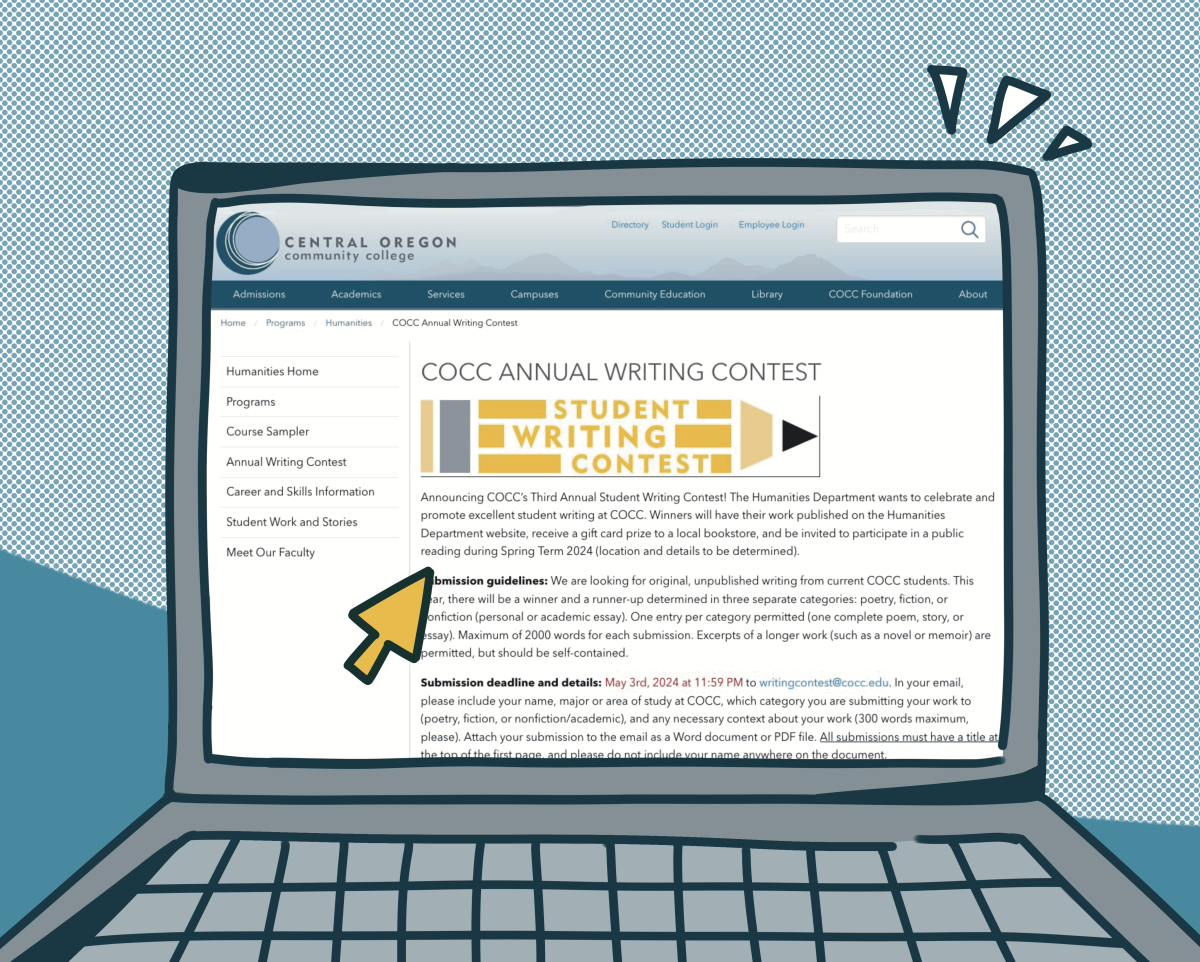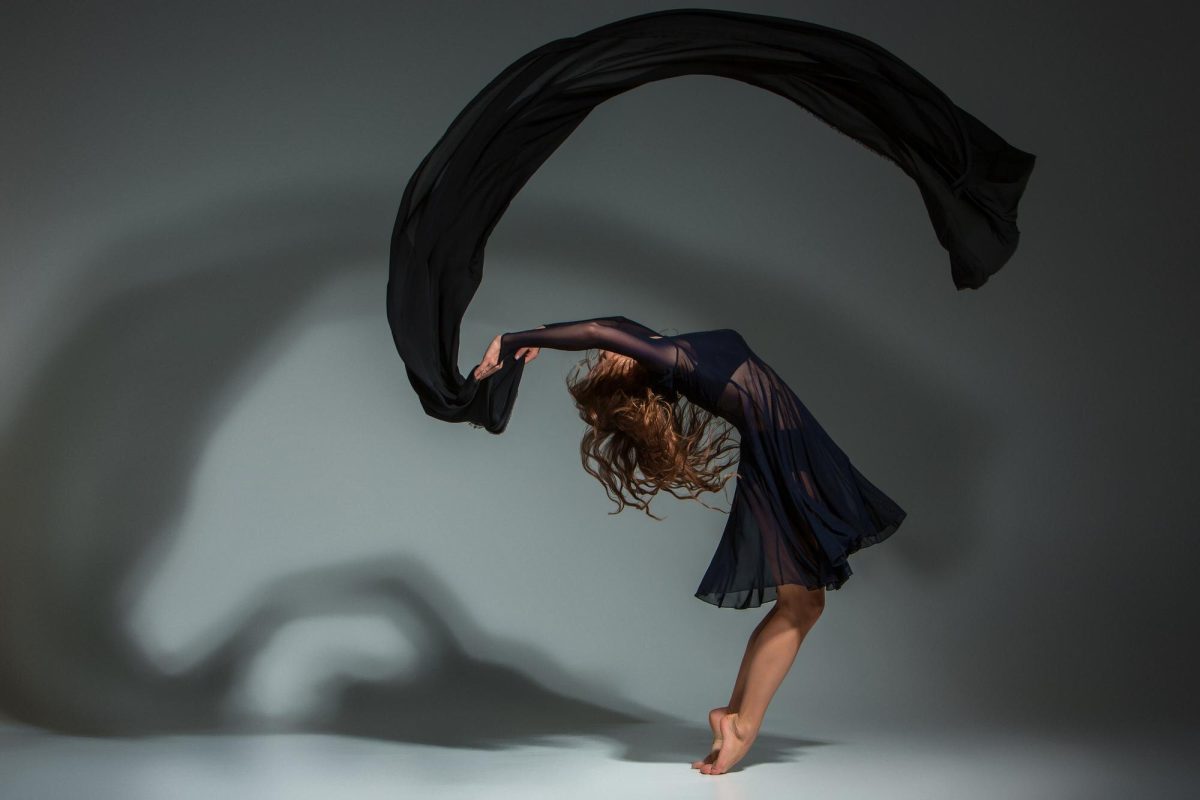An ACL injury occurs four to eight times more often in female athletes than in male athletes. Dr. Christine Pollard lectured about the latest findings on the factors for this injury and how athletes can prevent it.
Anna Quesenberry
The Broadside

A video clip of a female athlete on a basketball court shows her coming down to land abruptly, tearing her anterior cruciate ligament— the ACL. The footage was followed by loud sighs from a sympathetic crowd at the free lunchtime lecture series hosted by Oregon State University-Cascades.
Dr. Christine Pollard, P.T., Ph.D., Exercise and Sports Science Instructor, spoke about female knee injuries by introducing the crowd to the ACL— known to be “a problematic ligament.”
Female athletes are tearing their ACL four to eight times more often than males, according to Pollard.
She outlined four major categories of risk factors for ACL injuries amongst the female athlete: biomechanical, hormonal, structural and neuromuscular.
There are several myths surrounding the rate of ACL injuries among female athletes according to Pollard, including that they’re caused by women having a wider pelvis bone and that the injuries are caused because of hormone levels. In reality, there is little evidence to support either theory. Pollard discussed “knee valgus” which is the term used to describe when the knees knock together, and its direct relation to ACL injury. This correlation is partly based on in vitro-testing.
“A combination of valgus and not very much flexion we know, puts a pretty heavy duty load on that ACL,” stated Pollard.
Motion analysis labs suggest that female athletes present greater knee valgus angles than males.
“Another theme that we saw during these studies, we found that females also exhibited decreased knee flexion,” Pollard said.
Along with decreased knee flexion, the female athletes also exhibited decreased hip flexion, meaning their joints and ligaments remained stiffer than those of the male athletes.
“For some reason girls are utilizing a control strategy that’s knee dominant and boys are not,” Pollard said.
Jessica Jacovich, a COCC student, injured her knee during a soccer game when she lived in Alaska. Jacovich was a sophomore in high school at the time playing forward and was “being super aggressive” with an opposing defender. She recalled the collision and how the opposing player fell on top of her causing her knee to bend straight up and pop six times.
“I couldn’t feel anything,” Jacovich said.
Jackovich didn’t realize the severity of her injury until she attempted to rejoin the game.
“Right when I took that first stride to run, my thigh bone just shot straight back and I fell down,” recalls Jackovich.
She soon found out her ACL had “exploded” and she was going to need reconstructive surgery.
“After my surgery I went straight to physical therapy,” she said.
There, they instructed her first to get on the bike and she remembers only being able to do half rotations, describing it as the “worst pain in her life”. Jackovich believes that female athletes should be aware of the potential for injury and take steps to avoid it. Although her injury was contact related, the rehabilitation process has been educational for Jackovich.
“Muscle strength is key,” she said. “[Females are] more likely to cave in our knees, but if you have a certain muscle strength, you can protect your ACL.”
Such advice supports Dr. Pollard’s research and goes along with the injury prevention program she helped develop in southern California.
Prevent Injury and Enhance Performance (PEP) is a hip-focused injury prevention program, which has shown to decrease non-contact ACL injury by 74 percent. This 15-minute training program consists of a series of warm ups, stretching, strengthening, plyometric and sports specific agility drills. Additional information along with specific exercises can be found at http://pt.usc.edu/ACLprojectprevent/pep_tr.htm.
Despite her injury and the year and a half long rehabilitation process, Jacovich is still determined to keep sports in her life.
“Sports are legitimately my life,” Jackovich said. “I am studying to become a physical therapist because they helped me get from where I was, to where I am now. It was such an inspirational feeling. That is what I want to do for people.”
(Contact: [email protected])









